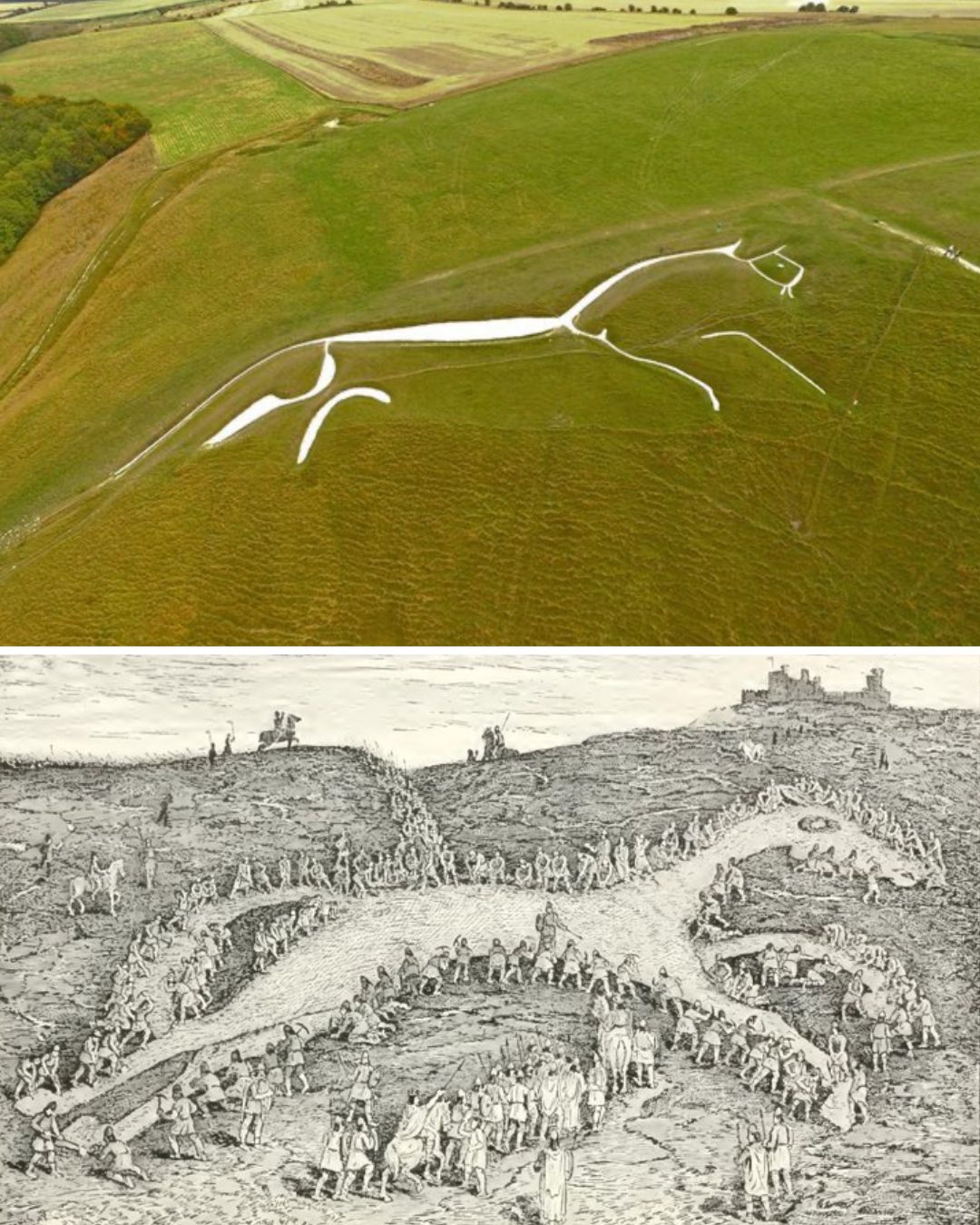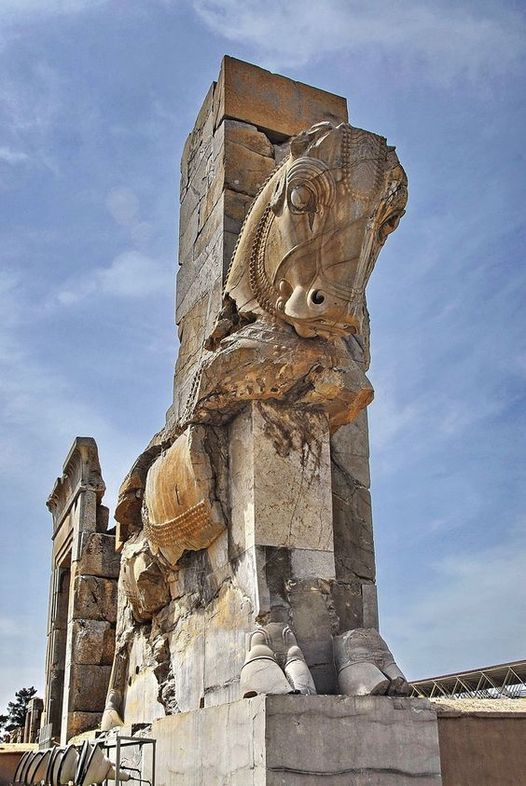In the heart of Istanbul, Turkey, lies a testament to the grandeur of the Byzantine Empire—the awe-inspiring walls of Constantinople. These formidable fortifications, which once encircled the historic peninsula of the city, stand as enduring symbols of power, resilience, and architectural ingenuity. Join me as we journey through time to explore the history of the Constantinople Walls, from their ancient origins to their enduring legacy in the modern world.
A Marvel of Ancient Engineering
Constructed between the 4th and 5th centuries AD, the Constantinople Walls were a marvel of ancient engineering, spanning over 6.5 kilometers and reaching heights of up to 12 meters. Built to protect the city from invaders and marauders, the walls consisted of a series of ramparts, towers, and gates, reinforced with sturdy stone masonry and defensive fortifications. As we marvel at the sheer scale and sophistication of these structures, we are transported back to a time when Constantinople stood as the jewel of the Byzantine Empire, a beacon of civilization in a tumultuous world.

Guardians of the City
For centuries, the Constantinople Walls served as the primary line of defense for the city, repelling countless sieges and thwarting numerous attempts at conquest. From the barbarian hordes of the early Middle Ages to the armies of the Ottoman Empire, the walls stood as an impregnable barrier against would-be invaders, earning them the reputation of being virtually unconquerable. As we stand in awe of the walls' imposing presence, we are reminded of the courage and determination of the defenders who manned them, protecting the city and its inhabitants at all costs.

Preserving the Legacy
Despite the passage of time and the ravages of history, remnants of the Constantinople Walls still stand today, serving as tangible reminders of Istanbul's storied past. While much of the original fortifications have been lost to the ages, efforts to preserve and reconstruct the remaining sections have ensured that future generations can still marvel at their magnificence. Whether through meticulous restoration projects or educational initiatives aimed at raising awareness of their historical significance, the Constantinople Walls continue to inspire awe and admiration in all who behold them.
Conclusion:
As we reflect on the legacy of the Constantinople Walls, we are reminded of the enduring power of human ingenuity and the resilience of the human spirit. From their humble beginnings as simple earthworks to their transformation into towering fortresses of stone, the walls of Constantinople stand as a testament to the creativity, determination, and perseverance of those who built them. As visitors from around the world flock to Istanbul to witness these ancient marvels, they are greeted not only by the physical remnants of a bygone era but also by the timeless spirit of a city that has endured through the ages.
Archaeological Significance:
The Constantinople Walls hold immense archaeological significance as tangible artifacts of Byzantine civilization and military architecture. Through careful study and excavation, archaeologists gain valuable insights into the construction techniques, defensive strategies, and social dynamics of the Byzantine Empire. By uncovering the secrets of the walls' construction and evolution over time, researchers contribute to our understanding of ancient urban planning, engineering, and warfare, enriching our knowledge of human history and culture. Through ongoing efforts to preserve and study the Constantinople Walls, we ensure that their legacy endures for future generations to appreciate and admire, preserving their place in the annals of history.






